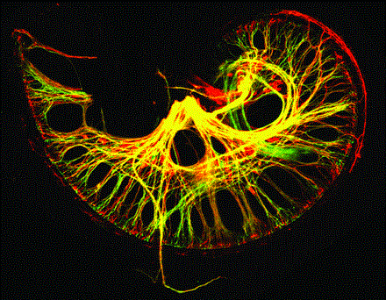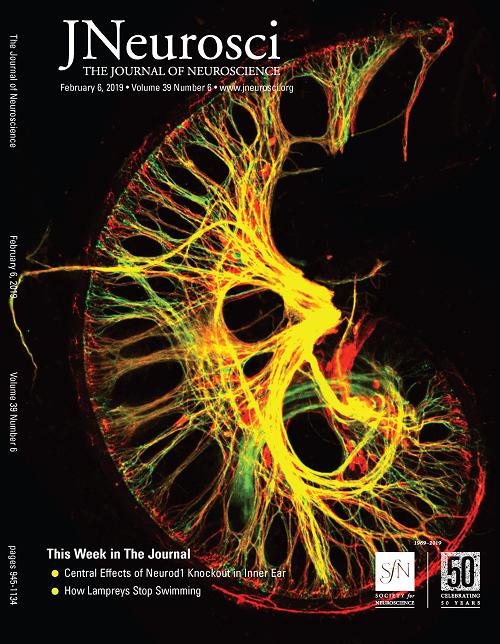Hearing without frequencies: gene mutation detunes tonotopic organization of the central auditory pathways
Fri Feb 08 00:00:00 CET 2019
Sat May 02 21:44:43 CEST 2020 | Sat May 02 21:44:43 CEST 2020 - Sat May 02 21:44:43 CEST 2020

Sensory systems develop primary topographic maps of sensory inputs that are projected by sensory neurons to the brain, for example topographical maps of the skin and retina, somatosensory space, and auditory tonotopic map according to sound frequency.
Understanding the mechanisms of formation, plasticity, and wiring of the sensory maps in both neonatal and adult states is a major endeavor in neuroscience. For the first time, Czech-American research team of the Laboratory of Molecular Pathogenetics of the Institute of Biotechnology CAS, Department of Auditory Neuroscience from Institute of Experimental Medicine CAS, and Department of Biology at University of Iowa showed the limitation of activity-dependent plasticity of the brain. Using a novel mutant with disorganized tononopic map of the sensory periphery of the inner ear, we show that a shortened and overlapped cochleotopic projection is expanded across the central auditory pathways during embryonic development. The physiological tonotopic properties of the mutant auditory system are changed at all levels investigated, including properties of neurons and auditory behavior.
The article presenting this research is the Featured Article and Cover Article in the Journal of Neuroscience Vol. 39, Issue 6, 6 Feb 2019.
Publication:
Iva Macova, Kateryna Pysanenko, Tetyana Chumak, Martina Dvorakova, Romana Bohuslavova, Josef Syka, Bernd Fritzsch and Gabriela Pavlinkova. Neurod1 Is Essential for the Primary Tonotopic Organization and Related Auditory Information Processing in the Midbrain. Journal of Neuroscience 6 February 2019, 39 (6) 984-1004; DOI: https://doi.org/10.1523/JNEUROSCI.2557-18.2018.

